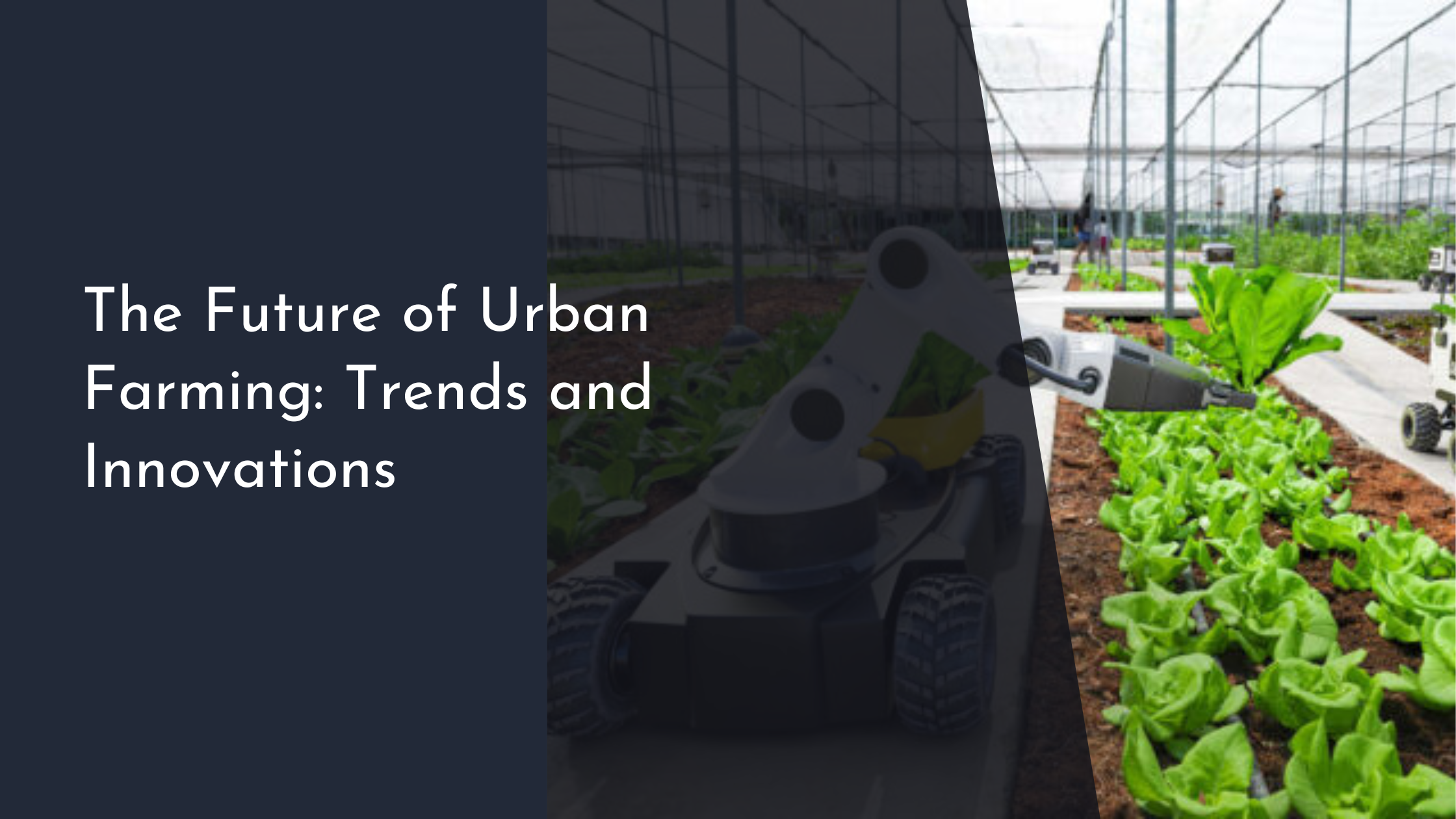The Future of Urban Farming: Trends and Innovations
Urban farming is rapidly transforming city landscapes into lush, productive spaces, redefining how we think about food production in densely populated areas. As urban populations continue to grow, the need for sustainable food sources becomes more pressing. Fortunately, urban farming offers a promising solution by enabling cities to produce fresh, local food while simultaneously fostering community engagement and environmental sustainability. This article explores the exciting trends and innovations shaping the future of urban farming.
Urban Farming: A Growing Trend in Cities
Urban farming is gaining momentum in cities around the world, driven by a variety of factors including the desire for fresh, local produce and the need to address food security concerns. Rooftop gardens, vertical farms, and community plots are becoming common sights in urban areas, transforming underutilized spaces into productive agricultural hubs. This trend is not just about food production; it also contributes to urban greening, improving air quality, reducing the urban heat island effect, and even enhancing the mental well-being of city dwellers.
Moreover, city governments and organizations are increasingly supporting urban farming initiatives as part of broader sustainability agendas. These efforts are often linked to climate action plans and strategies to reduce carbon footprints. By producing food locally, cities can decrease the reliance on long-distance transportation, which is a significant contributor to greenhouse gas emissions. Consequently, urban farming offers a practical approach to making cities more self-sufficient and resilient in the face of climate change.
Technological Advancements Boosting Yields
Technological innovation is a key driver of urban farming’s growth, with advancements in hydroponics, aeroponics, and aquaponics leading the charge. These soil-less farming techniques allow plants to grow in controlled environments, maximizing yields while minimizing resource use. Hydroponic systems, for example, use nutrient-rich water solutions to grow plants, often producing higher yields than traditional farming methods. Similarly, aeroponics involves misting plant roots with nutrient solutions, allowing for even greater efficiency and less water usage.
In addition to cultivation technologies, smart farming tools are revolutionizing how urban farms operate. Internet of Things (IoT) devices and sensors enable real-time monitoring of environmental conditions, helping farmers optimize light, temperature, and humidity for maximum growth. Data analytics and artificial intelligence are also being leveraged to predict crop yields, manage resources more efficiently, and improve overall productivity. These technological advancements are making urban farming more viable and scalable, paving the way for its integration into urban planning.
Community Engagement: Cultivating Connections
Urban farming is not just about growing food; it’s also about growing communities. Community gardens and urban agriculture projects often serve as social hubs, bringing people together and fostering a sense of belonging. These spaces encourage collaboration and learning, where individuals can share knowledge on sustainable practices, gardening techniques, and nutrition. By engaging local residents, urban farms can help build stronger, more connected communities that are invested in their own food systems.
Furthermore, urban farming initiatives provide educational opportunities for all ages, from schoolchildren to adults interested in sustainable living. Workshops and programs focused on gardening skills, food preservation, and environmental stewardship are commonly offered by community farms. This kind of hands-on learning helps raise awareness about food security and sustainability, inspiring individuals to make more environmentally conscious choices in their daily lives. Through community engagement, urban farming becomes a tool for empowerment, education, and social cohesion.
Conclusion: A Bright Future for Urban Farming
As urban farming continues to evolve, it promises to play a crucial role in creating more sustainable, resilient, and self-sufficient cities. The integration of cutting-edge technologies, coupled with strong community engagement, positions urban farming as a key solution to many of the challenges faced by modern urban societies. By transforming urban spaces into productive agricultural landscapes, cities can reduce their environmental impact while providing fresh, healthy food to their residents.
With the global population expected to reach nearly 10 billion by 2050, the demand for innovative and sustainable food production methods will only grow. Urban farming offers a viable path forward, combining technology, community involvement, and environmental stewardship to reshape the way we feed our cities. As we look to the future, urban farming stands out as a beacon of hope, promising a greener, healthier, and more connected urban life. With continued advancements and support, the future of urban farming indeed looks bright.


